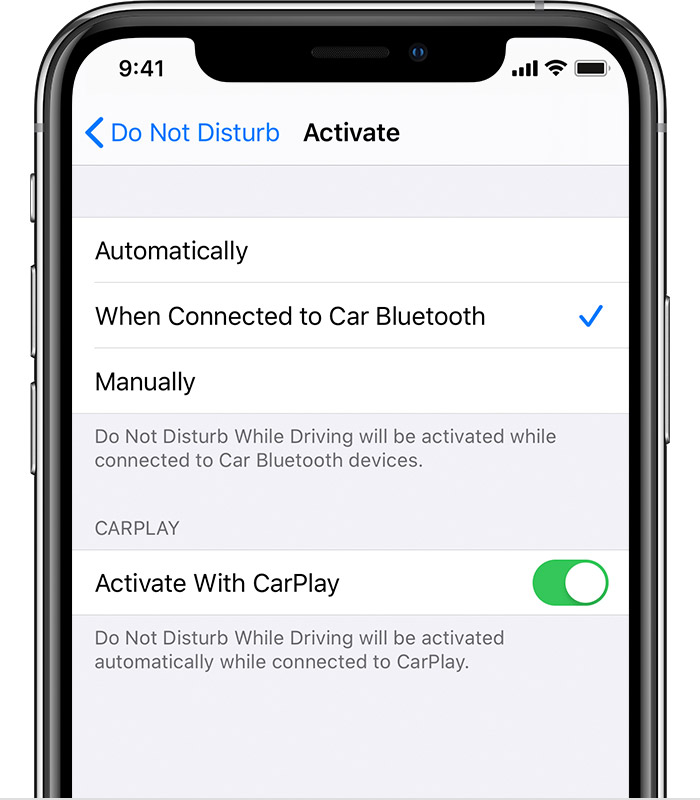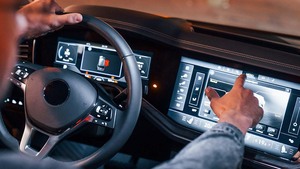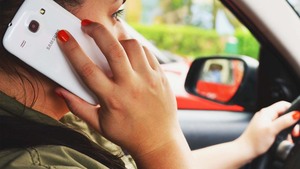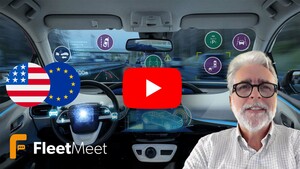A recent study by researchers at the Virginia Commonwealth University School of Medicine has discovered multiple causes that are contributing to growing mortality rates among younger people in the U.S. These include suicide, substance abuse and distracted driving.
Every day in the U.S., there are approximately nine people who tragically lose their lives and more than one thousand others who sustain injuries in accidents that involve a driver who is distracted. Distracted driving refers to a person who is doing some type of activity that takes their attention away from the road, which increases the likelihood of a crash. Such distractions may include texting, using a GPS device, talking on a cell phone, eating, drinking, talking with passengers, or applying make-up.
There are three main types of distractions.
- Visual, taking your eyes off the roadway.
- Manual, taking your hands off of the wheel.
- Cognitive, taking your mind off of driving altogether.
Texting involves all three types of distractions. All of these behaviors endanger the lives of other drivers as well as their passengers.
According to the National Highway Traffic Safety Administration, when people read or send text messages, they typically take their eyes off of the road for an average of 5 seconds, which is long enough to cover the length of a football field while driving 55 miles per hour, blind.
Drivers who are under the age of twenty have the highest proportion of distraction-related fatal collisions. Back in 2017, nine percent of all teenage vehicle crash fatalities involved distracted driving. Back in 2017, 42% of high school students who drove a vehicle reported to having sent an email or text while driving in the past 30 days.
Students who reported texting or emailing while behind the wheel are also less likely to wear a seat belt, more likely to consume alcohol and drive, and more likely to ride in a vehicle where the driver had been drinking.
There have been a number of articles recently all related to avoidable road deaths and the link with phone use. Changing driver behaviour is now high on the fleet agenda and should be taken seriously by whoever is responsible for fleet.
Bart Vanham
Further reading: Mobile phone usage – how do you check your drivers?
iPhone – NEW FEATURE
Do Not Disturb While Driving
With iOS 11 and later, your iPhone can sense when you might be driving and prevent notifications. Thhe first time your iPhone senses that you might be driving, it shows a description of the Do Not Disturb While Driving feature after you stop.
Tap Turn On While Driving, and it will turn on automatically when your iPhone connects to your car via Bluetooth or when your iPhone senses driving motion. You can change the method that your iPhone uses to determine whether you’re driving, or turn the feature on manually.
Learn more here: How to use Do Not Disturb While Driving
Do Not Disturb While Driving isn’t available in all countries or regions.

Android
There is no official feature for all Android phones apart from the standard ‘Do not disturb’ option. However, it should still be considered as a viable option with the aim of reducing phone use whilst driving. If you want to quickly enable Do Not Disturb mode,
- simply swipe down from the top of your screen to open the notification shade
- select the Do Not Disturb icon.
- to make changes to your settings, you’ll need to long tap on the Do Not Disturb icon to go into the Settings menu.
There are several 3rd Party Apps that will lock your phone while diving.



